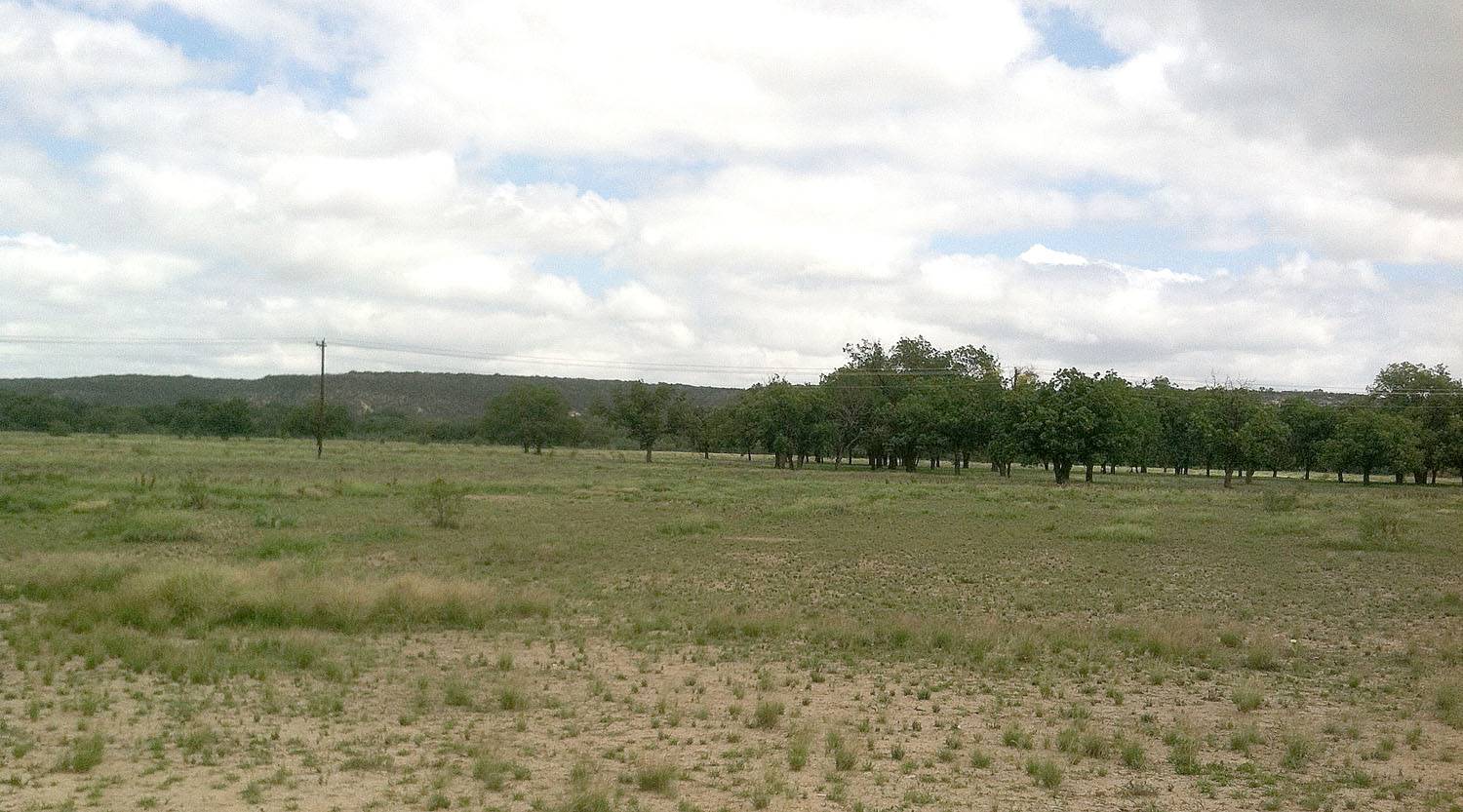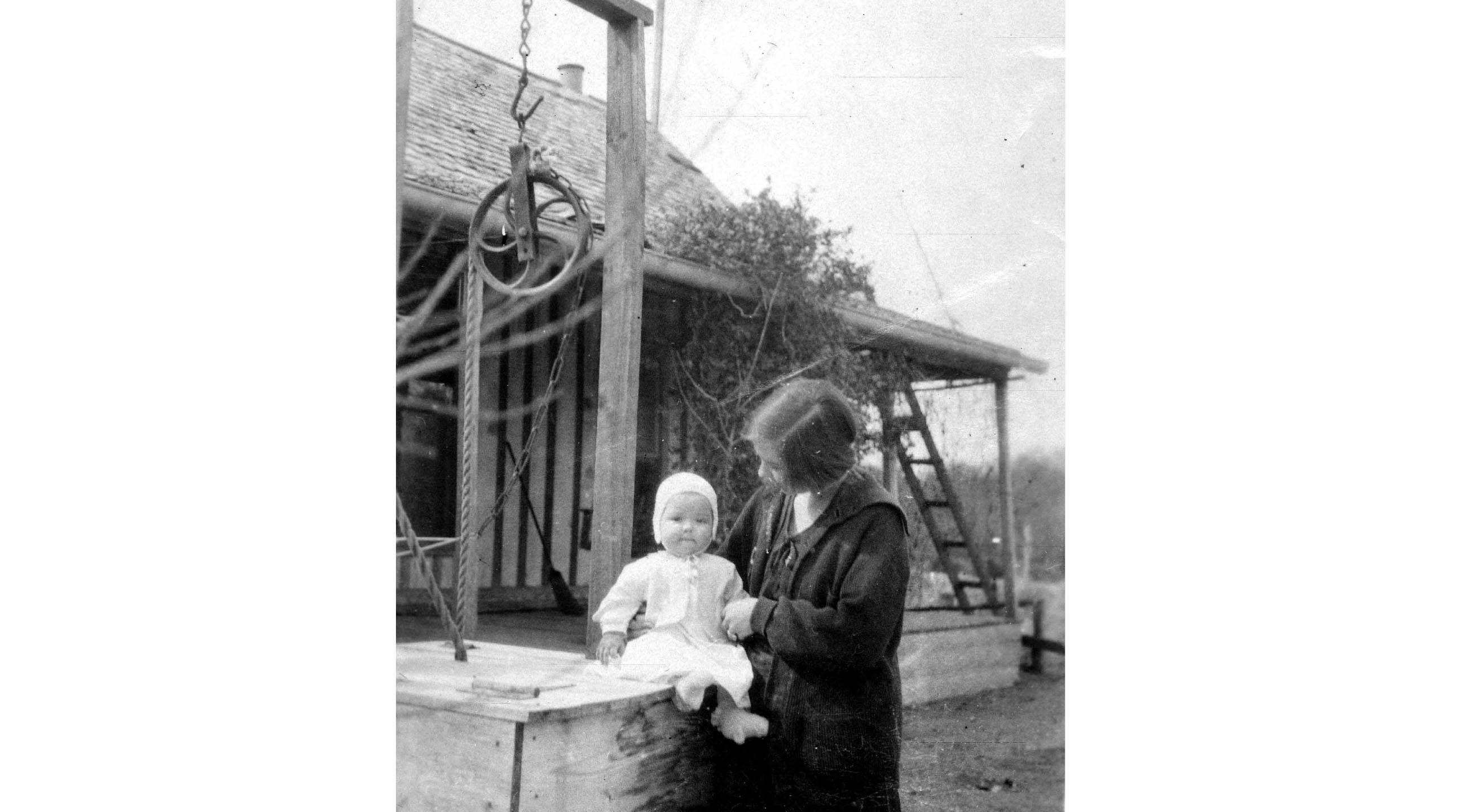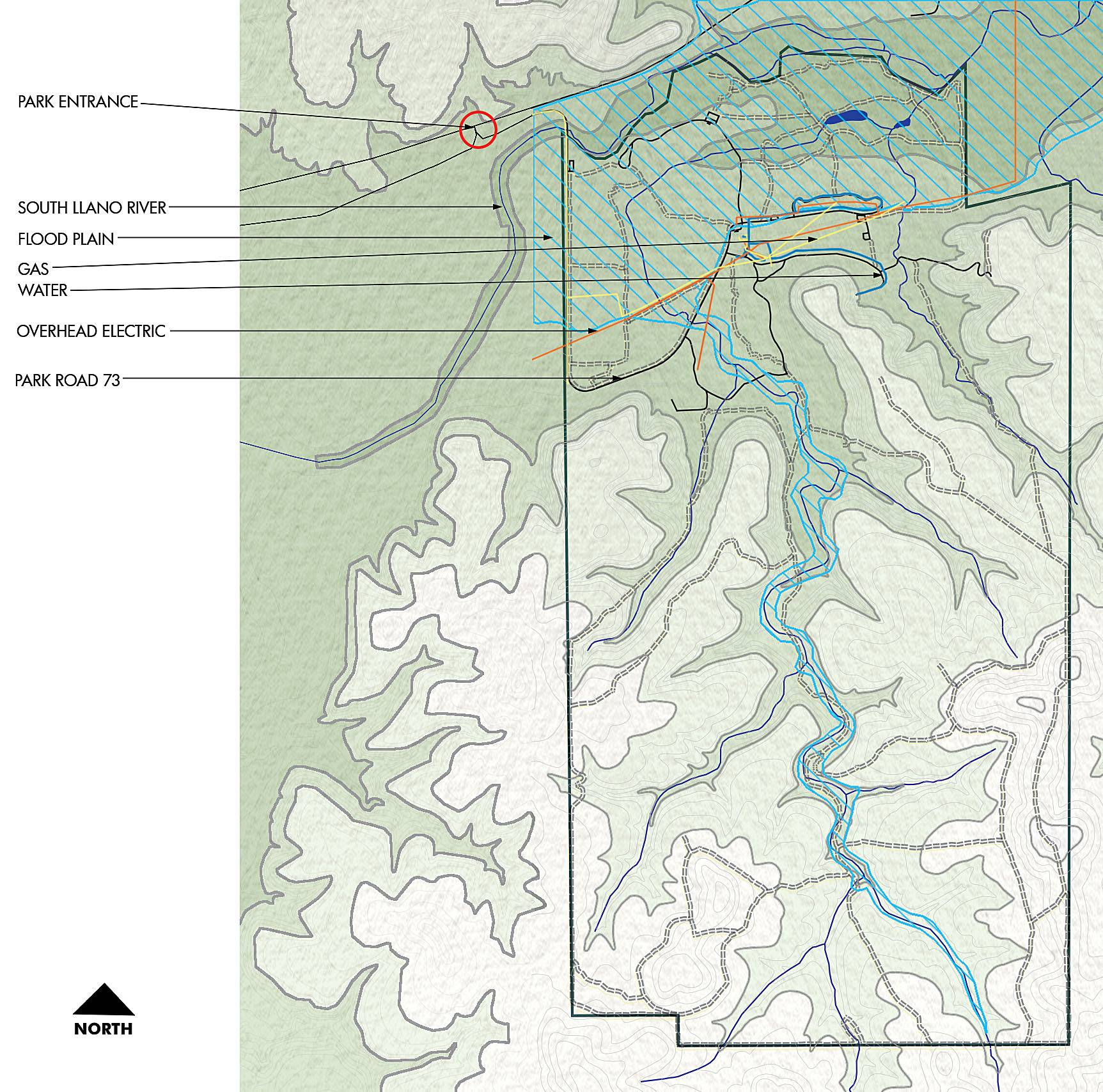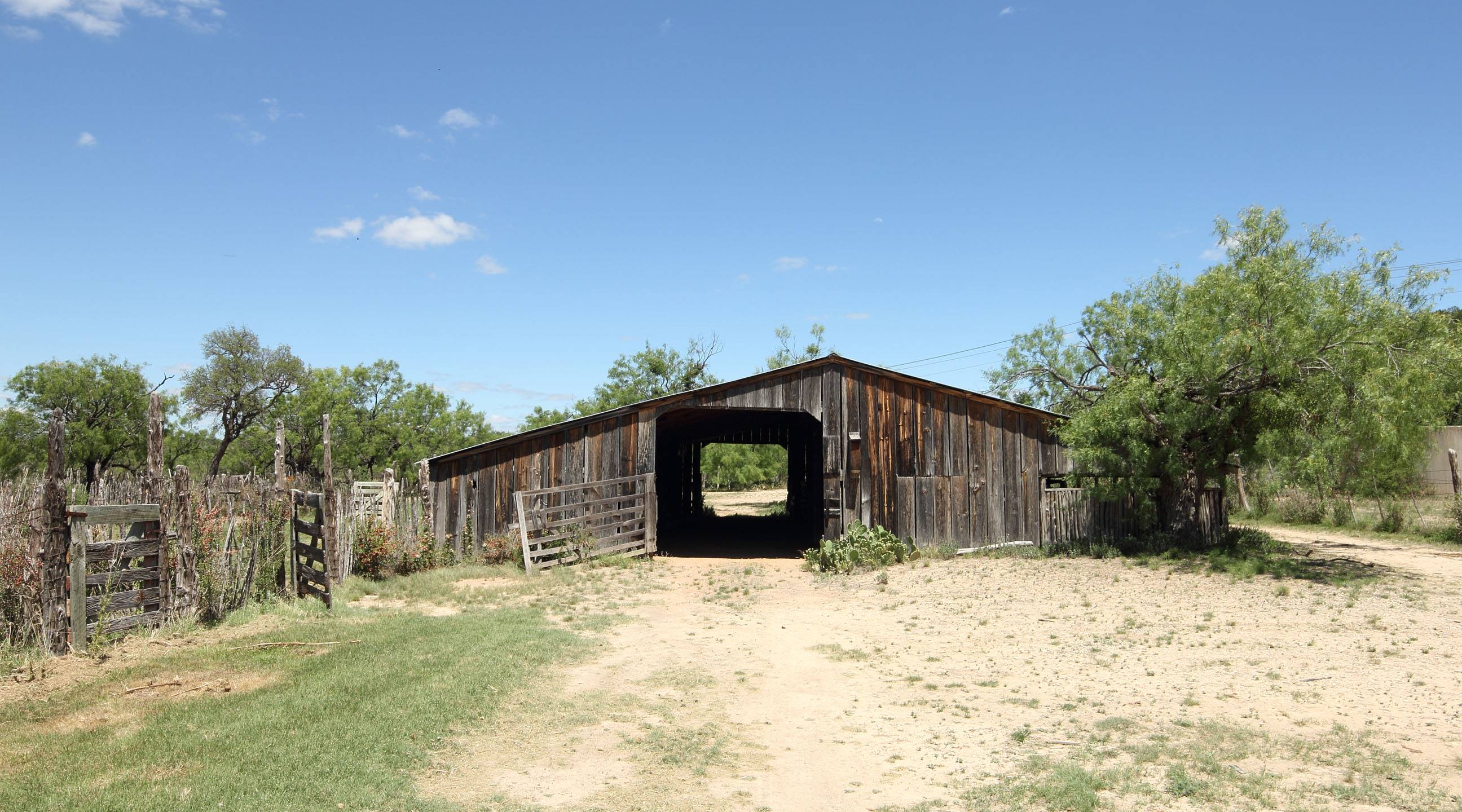The South Llano River State Park project is a joint effort between Work5hop and our good friends at Ford, Powell & Carson. The project involves a restoration of a 1910 residence and a new headquarters, and it is currently at the end of the schematic design phase. Moving forward, the project will play on a variety of dichotomies: historic and modern, rough and sleek, natural and manmade. This article is only the first of many for this exciting project.
South Llano River State Park is located just outside the City of Junction. It is over 2,630 acres of Texas Hill Country and contains 1.5 miles of river frontage along the south side of the South Llano River. The river is the heart of the park, which is popular for its water recreation activities and bird-watching, including a significant turkey roost. The river is vital to the history of the land; the earliest known human presence on the land was 8000 years ago, as evidenced by charcoal and hearthstones along the river bottomlands. Today, the park’s 440 acres of river bottomland contains several thousand mature pecan trees.

While the area was known to the Spanish in the eighteenth century, Comanches discouraged anglo settlement until the mid-1800s. In the 1870s, the Thomas and Armstrong families settled the property. The Buck family acquired the property in 1910 and remained owners until Walter Buck, Jr.’s death in 1982. He donated the land to Texas Parks and Wildlife to use for wildlife conservation and park purposes.

The park was opened to the public in July of 1990, split as the South Llano River State Park and the adjoining Walter Buck Wildlife Management Area. Recently, the wildlife management area has been incorporated into the park, adding additional hiking and primitive camping opportunities. From the park’s inception, the historic 1910 Buck Residence has been utilized as the park headquarters.

Additional ancillary buildings remain which supported ranching and are now utilized by park staff. These buildings include a 1965 residence, two barns, a bunkhouse, and a hunting lodge. While the ranching role of the property has been prominent in the last century, the park is now primarily known for its natural resources. In addition to camping and picnicking, park activities include swimming, fishing, and wildlife-watching. While perhaps most well-known for the large turkey population, the park is home to a variety of other animals, including ducks, white-tailed deer, squirrels, jackrabbits, javelinas, foxes, beavers, bobcats, cottontails, and armadillos.

The park staff has long outgrown the ill-suited 1910 Buck Residence. We’ve worked with park staff to develop priorities for the park’s future. Established goals include:
-Restore the 1910 residence and utilize it as an interpretive area to discuss ranching and park educational programs,
-Remove the adjacent 1965 residence to allow the early ranch buildings to be seen in a more accurate landscape,
-And build a new, sustainable visitor center (more on that to come!).
For more information on South Llano State Park: http://tpwd.texas.gov/state-parks/south-llano-river
